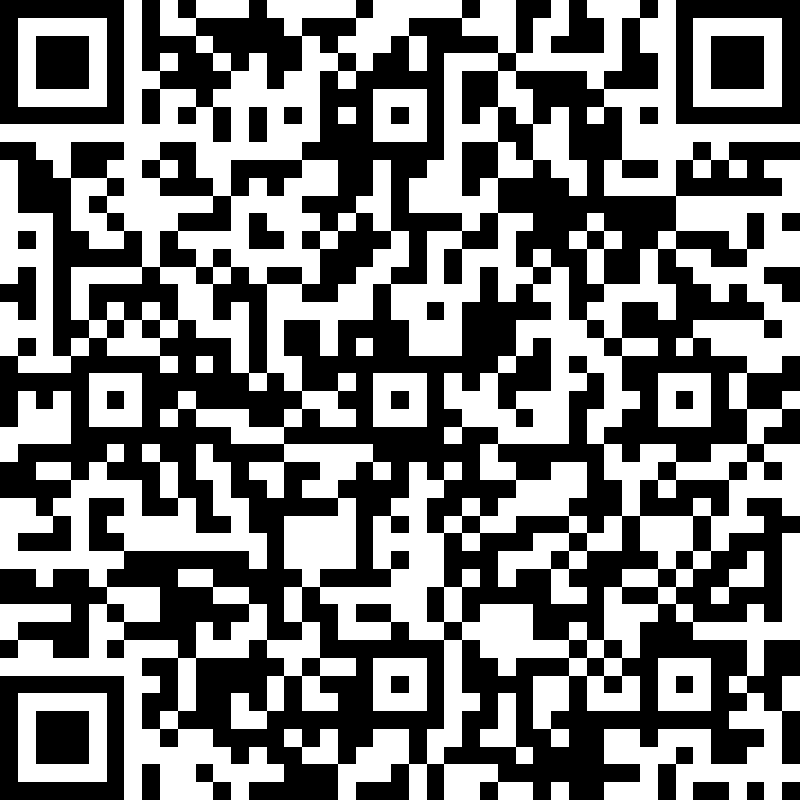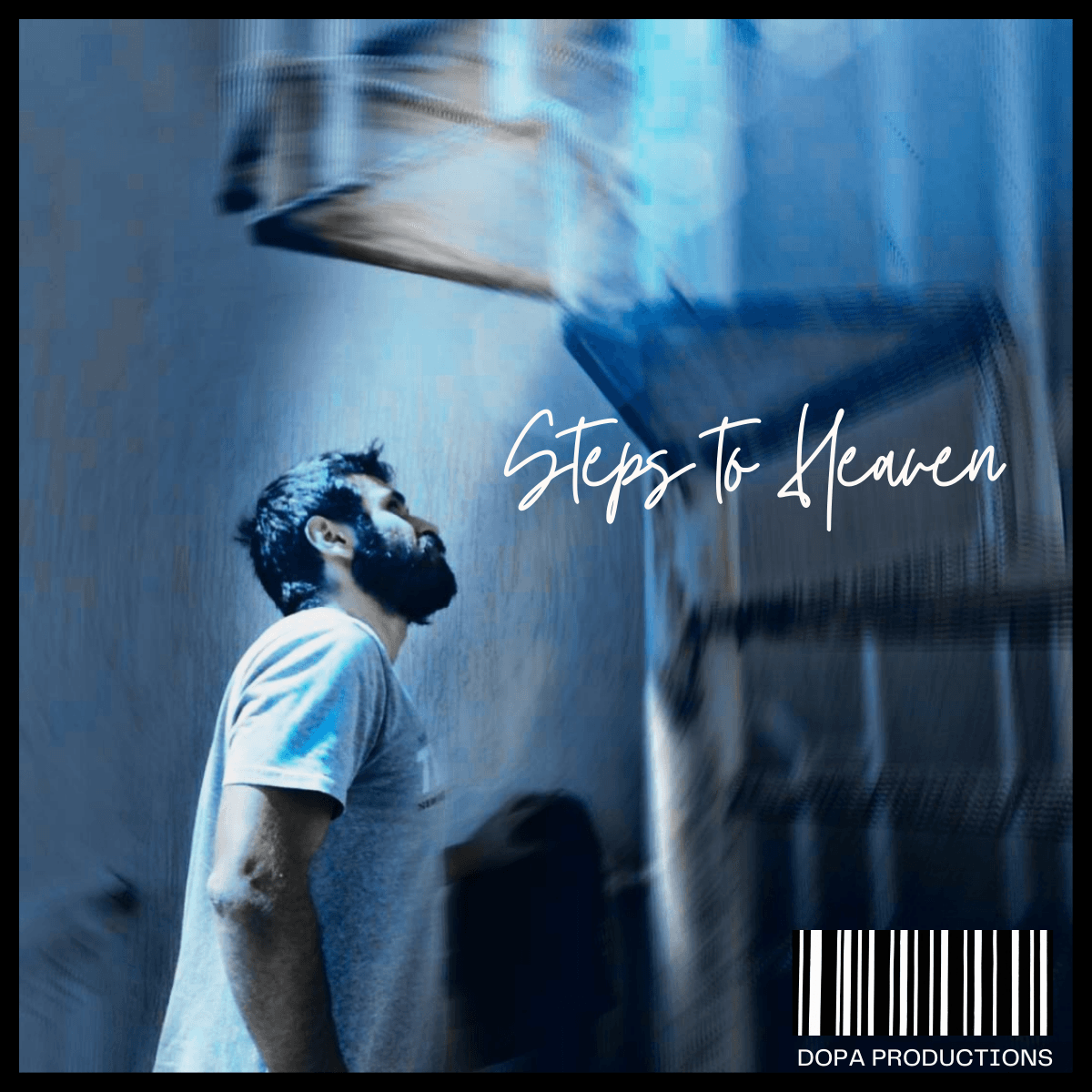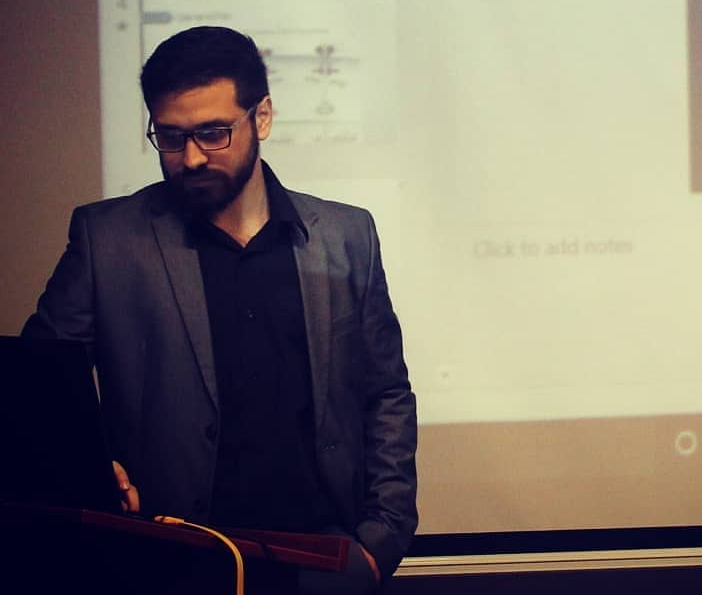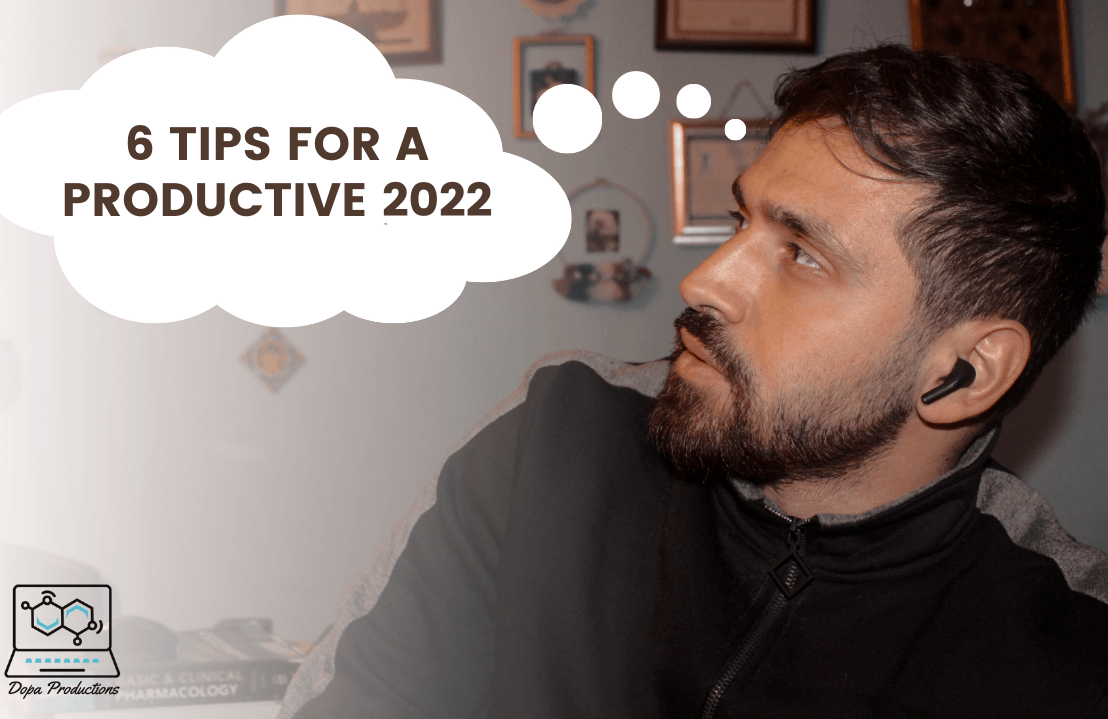Wo Wissenschaft auf Kunst trifft
Bauen Sie eine Gemeinschaft lebenslang Lernender auf!
Willkommen bei Dopa Productions
Dopa Productions stellt Ihnen Artikel und Videos zur Verfügung, in denen Produktivitätstipps und medizinisches Wissen diskutiert werden, die jeder verstehen kann. Darüber hinaus umfassen unsere Dienstleistungen Online-Nachhilfe, Inhaltserstellung wie Videobearbeitung und 3D-Modelle und -Animationen für Ihre persönlichen, Schul-, Universitäts- oder Arbeitsprojekte. Wir können auch spezielle Anfragen für Musikproduktionsdienste erhalten.
Bloggen
ÜBER
Gründer
Hi. Mein Name ist Mohamad-Ali Salloum und ich bin Apotheker, YouTuber und Content Creator mit einem Abschluss in Clinical PharmD und M2 in Clinical Research & Pharmaco-Epidemiology.
Die kontinuierliche Weiterbildung von Medizinern und Nichtmedizinern liegt mir sehr am Herzen. Aus diesem Grund habe ich diese Website gestartet, um mein Wissen über Produktivitätstipps zu teilen, die es mir ermöglichten, in meinem Leben voranzukommen, und medizinische Informationen, die den Schülern helfen könnten, die Themen klarer zu verstehen, und es Nicht-Medizinern ermöglichen, die medizinischen Themen durch einfache wissenschaftliche Sprache zu genießen. Derzeit arbeite ich im Bereich Klinische Forschung.
Was können wir für dich tun?
3D-Modelle und Animationen
- Explore and purchase 3D models for your work!
- You can also request a special model and animation for your personal or work use.
Musik
- Music has always been my mood stabilizer and especially the EDM. So I decided to learn how to make music!
Youtube Kanal
- Dopa Productions started as a YouTube Channel where I do educational videos about health stuff.
- This channel will provide you with scientific information in the smoothest way possible.














